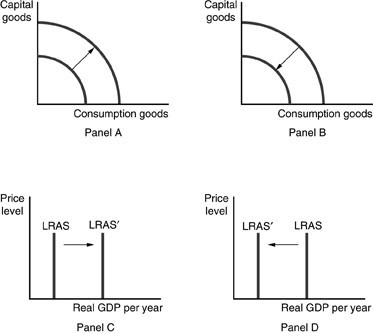Use the graph above to answer the following question. Suppose that Jim is in casino in Las Vegas and wins a $60,000 jackpot
The staff tells him that he can keep it or play one more game that will allow him to increase his jackpot earnings by an additional $20,000 . The game involves simply flipping a coin. If it turns up heads he earns the extra $20,000 . However, if it turns up tails he loses $20,000 of his $60,000 jackpot. Given the utility function above what is he likely to do and why?
The marginal utility of the extra $20,000 is only 1 if he wins. However, the marginal utility that he loses if it comes up tails is 3 . Therefore, Jim will simply take his $60,000 and refuse to play the second game.
You might also like to view...
If a firm needs one machine to produce a product, and must replace the machine when it wears out, then the firm should pick a durability level of the machine that
A) minimizes the expense today. B) minimizes the present discounted cost of having the machine forever. C) maximizes the future value of the machine. D) minimizes the future value of the machine.
A household's quantity of money demanded is defined as
a. the amount of income that the household chooses to hold in the form of money, at each possible interest rate b. the amount of wealth that the household chooses to hold as money, rather than as other assets c. the household's desire to have greater financial wealth d. the percentage of each dollar of income that the household wishes to spend e. the total amount the household decides to hold in cash, bonds, and other assets, at each possible interest rate
Why do economists measure responsiveness of demand to price in percentage changes rather than in absolute changes?
 Refer to the above figures. Which panel(s) represent economic growth?
Refer to the above figures. Which panel(s) represent economic growth?
A. Panels B and D only B. Panel A only C. Panels A and C only D. Panel D only